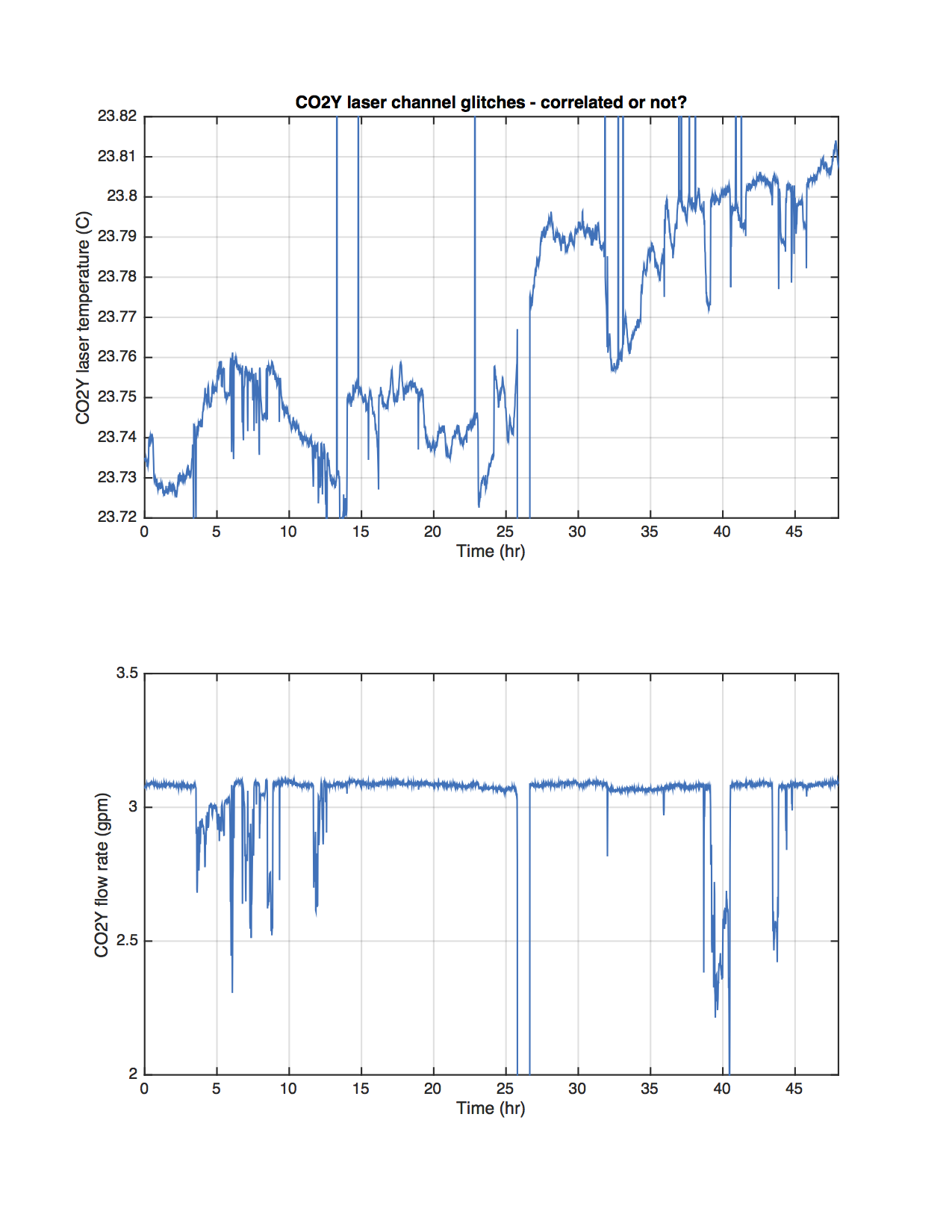I've unmonitored all elements of ASC DC5 input matrix for OBSERVE in a hope that this is somewhat useful for passive ASC sensing measurement.
Unmonitored channels are H1:ASC-INMATRIX_P_16_XX and H1:ASC-INMATRIX_Y_16_XX where XX is 1, 2, 3, ... 33.
DC5 is not used at LHO, output of DC5 filters are still monitored (attached), and as soon as the output is turned on we're kicked out of observing, so this has zero impact on the IFO performance.






















